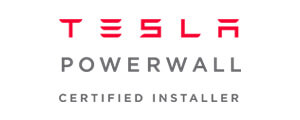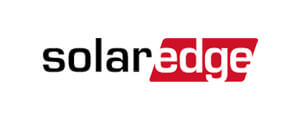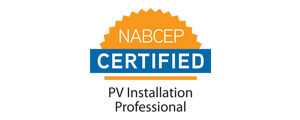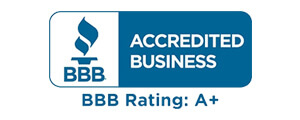2020 has been a year unlike any other we have seen in our lifetime. The pandemic has changed the world economically, socially and even politically. While many businesses and industries continue to struggle through the effects of the virus, the lockdowns and the new normal, the solar industry has been faring well.
Yes, the solar sector has been affected by the global pandemic, but it has still managed to make 2020 the best year in terms of new installations. This means that the adoption of renewable energy for power production continues to grow, and solar is currently leading this front.
The demand for solar power continues to grow. Meanwhile, several innovations continue to make solar more efficient, better integrated with the grid and less costly.
The sun continued to shine on solar in 2020
According to a report by Wood Mackenzie and the Solar Energy Industries Association (SEIA)1, the solar industry in the US will have installed a total of 18 GW in 2020, reflecting a 37% increase in total installations over the last year. 18 GW is enough to power more than three million homes.
In the first three months of the year, the US installed more solar than in any previous quarter. According to data from S&P Global Market Intelligence and the SEIA2, 1.96 GW of utility-scale solar was installed in Q1/2020, up more than 65% from the total installed in Q1/2019. After factoring in the residential installations, the total capacity installed comes to 3.6 GW for the first quarter.
From January to September, 70% of new US power capacity came from renewable energy, with solar accounting for 43%, according to FERC3. In September alone, 100% of all new power plant capacity came from solar and wind energy.
Solar energy has seen a dramatic change in adoption and costs over the last decade. Back in 2010, solar panels were 12 times more expensive than they are now. Also, the global solar market was small and highly dependent on subsidiaries back then. Compare that with 2020, where the total solar installations are on way to outdo all other power generation technologies put together.
A bright future
In the near future, technological improvements will continue to make solar more competitive. According to estimates by International Renewable Energy Agency’s Future of Solar Photovoltaic4, by 2030 solar would have become the most important power generation source in a large part of the world. Innovations in production are expected to reduce the costs of silver and silicon used in the manufacture of solar cells.
Also, efforts are already underway to create more efficient modules that can generate 1.5 times more power than the modules we use today. Add to that the innovation of bifacial modules that allow panels to capture solar energy from both sides.
Another significant innovation is improving the integration of solar into homes, businesses and power systems, for better power electronics and a greater use of low-cost digital technologies.
Overall, solar will continue to reach a levelized cost of energy that will make it superior to fossil fuels. The positive impacts of this on climate change and environment will be significant.
The global demand for solar is expected to rise, and 2021 will be even better. It will address completion of delayed projects from 2020 as well as develop new projects to meet the increasing demand.
Choose GreenBrilliance for your solar needs
Our goal is to help customers invest in solar energy with peace of mind. We have adapted to the new normal—our professionals are trained to cater to your needs while following norms and guidelines set by the World Health Organization to prevent the spread of COVID-19. Moreover, we have redesigned our processes in a way that consultation, design and engineering services are provided digitally.
1https://www.seia.org/research-resources/solar-market-insight-report-2020-q3
2https://www.pv-magazine.com/2020/07/10/us-installed-more-solar-in-q1-2020-than-ever-before/
3https://cleantechnica.com/2020/11/30/renewables-70-of-new-us-power-capacity-in-2020-solar-43/
4https://www.weforum.org/agenda/2020/01/the-future-looks-bright-for-solar-energy/























